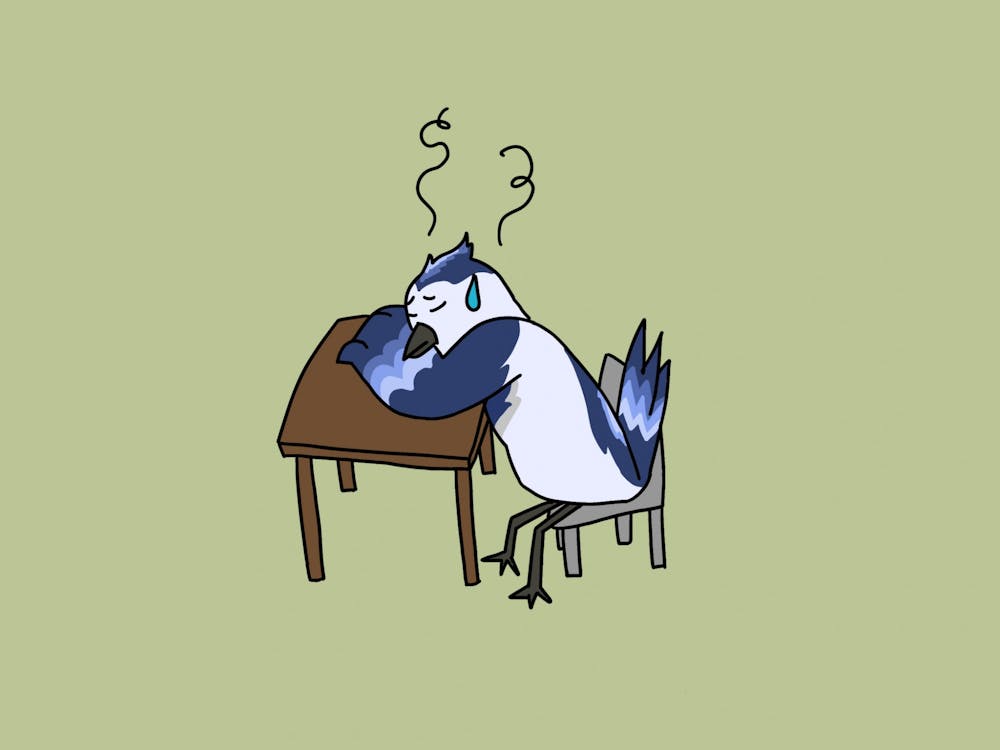Just over a year ago, the University announced its sudden transition to remote instruction due to COVID-19. Anxious and confused, thousands of undergraduate students were sent home and were left questioning when they would be able to return and if the virtual learning format would work.
Fast forward to today and Hopkins looks almost entirely different from pre-COVID-19 times with Zoom classes, limited in-person activities and many students living at home.
Despite its reputation as a leading public health institution, the University’s response to the pandemic has not accurately reflected this title.
On June 30, the University released a draft plan describing a hybrid system for the fall 2020 semester. While plans weren’t finalized, many students signed leases while others eagerly awaited their dorm assignments. After a five-week gap in communication, the University reversed its initial plan, announcing an entirely virtual semester.
By giving students less than a month of notice, Hopkins put us in difficult positions. Many freshmen were left disappointed to learn that their college experience would now begin in their childhood homes. In addition, many seniors were forced to acknowledge the possibility that the remainder of their college experience would now be completely restricted to their computer screens.
Meanwhile, other schools adopted strategies to implement a hybrid fall 2020 semester. After announcing a phased approach to reopening, Brown University successfully allowed a majority of undergraduate students to return to campus by October. Yale University and Wellesley College both introduced models that reduced their respective campus densities by restricting returning students to members of certain undergraduate classes.
If these schools were able to allow students to return to campus and gain a sense of normalcy during the fall semester, why couldn’t Hopkins? At the very least, Hopkins could have communicated to students its uncertainty about fall plans between June 30 to August 6 rather than leave students completely in the dark.
Just weeks after students finally returned to campus in the hybrid spring 2021 semester, there was an alarming spike in COVID-19 cases among students, peaking at 44 new cases per day. The outbreak was tied to a party hosted by the former Hopkins chapter of the Alpha Delta Phi fraternity, now known as North Charles Social Club (WAWA), which resulted in a week-long suspension of in-person campus activities and gatherings.
The majority of the students who attended the WAWA party faced minimal consequences. A few students were suspended, while others were offered amnesty if they openly shared any information regarding the event with Fraternity and Sorority Life. Three students who knowingly had the virus, yet still attended the party, were ultimately expelled.
While Hopkins cannot directly control the actions of its student body, as an institution Hopkins failed to effectively prevent students from putting the entire community at risk.
Additionally, once in-person activities resumed and most organizations were subjected to a five-person cap in gatherings, varsity teams were granted exceptions, allowing them to resume practice in a somewhat normal manner. The main issue with allowing student-athletes these privileges is that many of the students who attended the WAWA party were student-athletes. By neglecting to directly admonish and address the organizations in which members were actively disregarding safety guidelines, the University only enabled their reckless behavior.
This outbreak could have easily been prevented if everyone had simply followed the safety measures outlined in the Return to Campus guidelines. However, Hopkins failed to hold the student organizations accountable for their actions. The University should have enforced greater consequences in order to firmly cement the necessity of following safety guidelines.
Furthermore, for many students the pandemic has amplified existing mental health concerns. Although Hopkins did implement new support services, the loss of a week-long spring break in favor of five separate spring break days has left students feeling burnt out. Spring break is supposed to be a time for students to refresh and take a well-deserved break from their busy schedules. Pairing the University’s academic rigor with the uncertainty of the ongoing pandemic, students need a break now more than ever.
Although this new spring break was designed to discourage traveling, students can still easily travel while doing schoolwork remotely. Instead of five separate mid-week break days, Hopkins could have chosen to end this semester’s in-person activities early and send students home to complete the remainder of the spring semester. Hopkins could have prioritized students’ mental health and chosen to do two separate long weekends, allowing students to have at least some consecutive break days.
While Hopkins has helped lead the fight against COVID-19 globally, it has largely marooned its own students. It is important to acknowledge that our university is an imperfect institution. In the future, Hopkins must make more transparent, student-informed decisions.
Sophia Park is a sophomore from Toronto, Canada studying Behavioral Biology and History of Science, Medicine and Technology. She is the Social Media Manager for The News-Letter.





